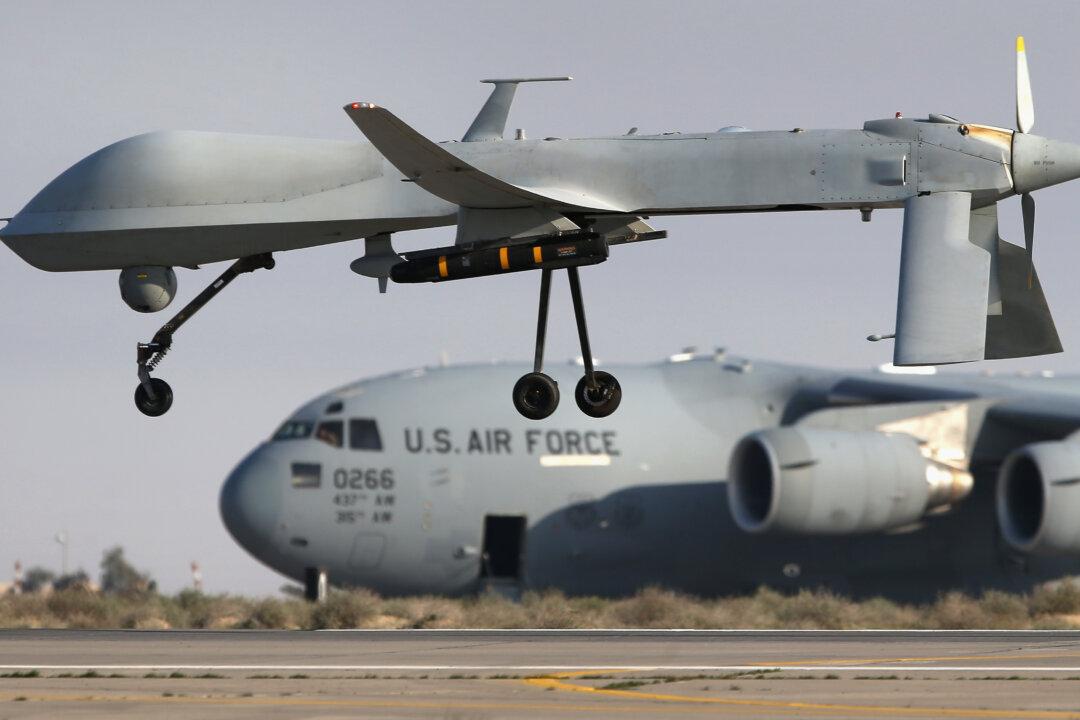When the al-Qaeda deputy leader was killed by an American missile in 2017, pictures of the car he was traveling in left some observers scratching their heads. The windows were intact, there was no sign of heat or explosion, and the roof was carved open by several clean gashes that ran in straight lines.
Two years later, and the Wall Street Journal has revealed the technology behind that explosion-free strike: A special adaptation of the Hellfire missile that deploys six metal blades at the last second and relies on sheer speed and mass to destroy the target without the collateral damage of an explosion.





